- The ancient Silk Road runs through the entire territory, and Gansu is the gateway of ancient China to the West
- From Tianshui to Lanzhou, from Wuwei to Zhangye, and then from Yumen to Dunhuang, search for the brilliance and glory of ancient Eastern and Western civilizations
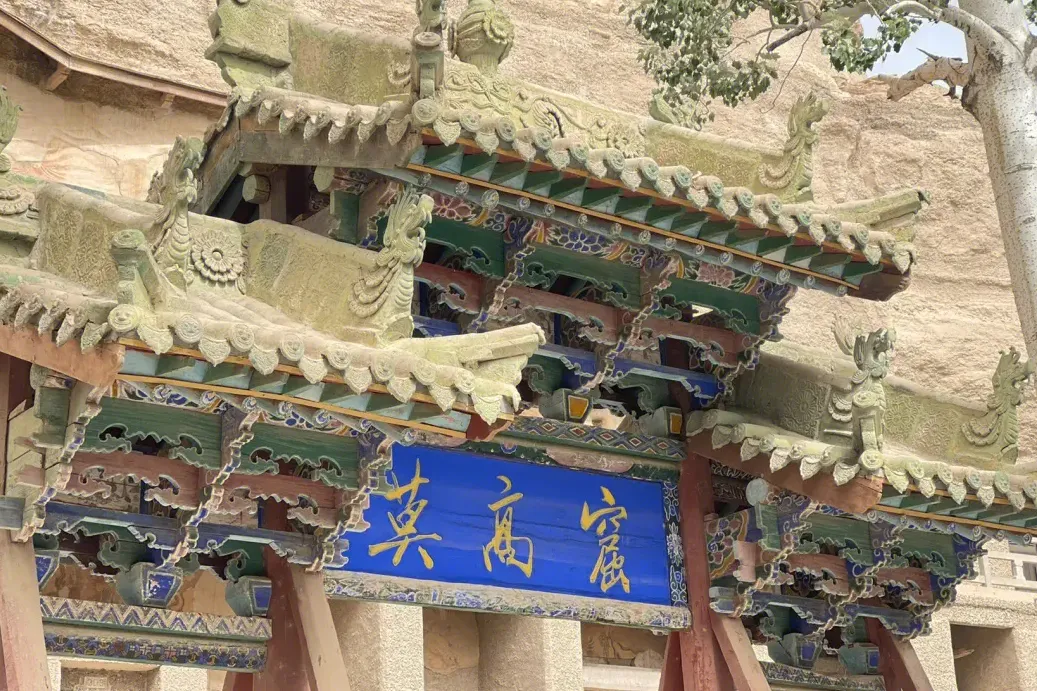
The two keywords "Dunhuang" and "Mogao Grottoes" bring us from reality into the context of thousands of years of history, intuitively experiencing the development of the ancient Silk Road and the integration of Eastern and Western civilizations.
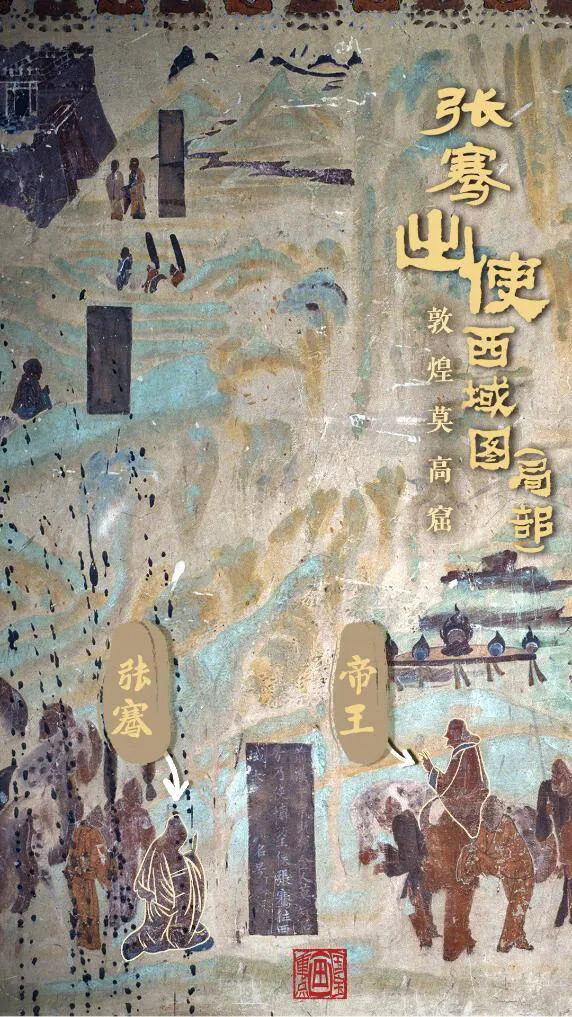
There are 735 caves, 45000 square meters of murals, and over 2000 painted sculptures. The Mogao Grottoes record the changes in history and the evolution of art, passing down comprehensive historical materials. In 138 BC and 119 BC, Zhang Qian was ordered to send envoys to the Western Regions twice, and the Silk Road route was "hollowed out" here. On the west side of the north wall of Cave 323 in Mogao Grottoes, the "Zhang Qian's Embassion to the Western Regions Map" drawn in the Tang Dynasty consists of four sets of images arranged in a "concave" shape, with clear titles on each screen. This picture is vivid and the plot is complete. With the interpretation of Buddhist stories, it tells the immortal legend of Zhang Qian's exploration of the great road and promotion of the integration of Eastern and Western civilizations, making it a masterpiece of Dunhuang murals.
In Dunhuang, the hanging spring site has also attracted the attention of the world. Hangquanzhi is currently the only available post station from Chang'an to Dunhuang during the Han Dynasty. The Hangquanzhi site unearthed more than 35000 Hangquan Han slips, including more than 23000 character slips, detailing the architectural planning, structure, and post system of the Han Dynasty post station.
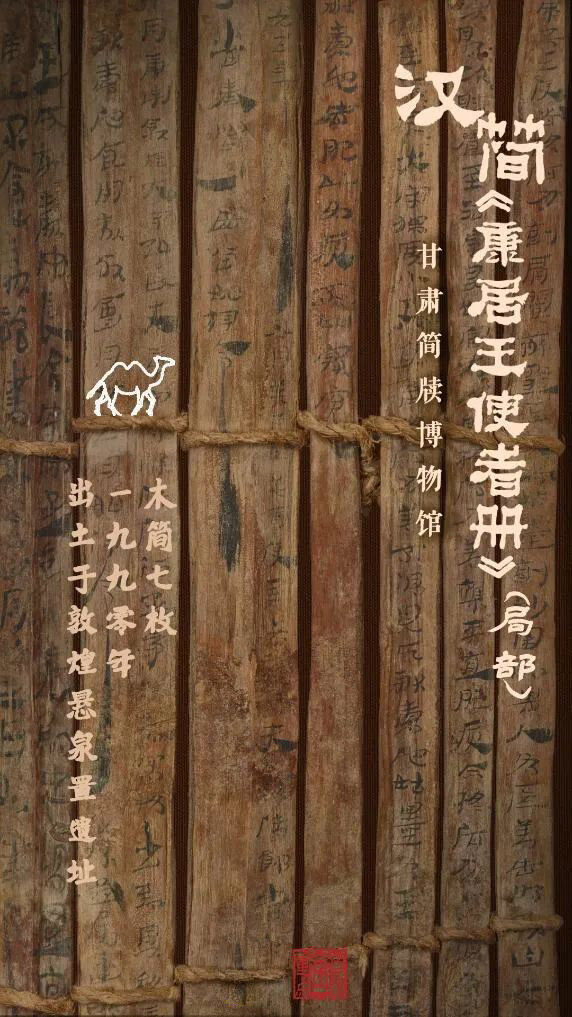
This bamboo slips unearthed from the Dunhuang Hanging Spring Site - "The Book of Kangju King's Messenger", fully titled "The Book of Kangju King's Messenger Saying to Offer Camels in the Fifth Year of Yongguang Is Not True", is currently housed in the Gansu Bamboo Slips Museum. Seven wooden slips are compiled and linked into a book, with 293 words recording the injustice faced by a group of envoys from Central Asia, including the Kangju King, when offering camels to the Western Han court in 39 BC. The court accepted disputes and resolved them. Zhu Jianjun, the director of the Gansu Jiandu Museum, said that this cultural relic not only provides first-hand materials for studying the friendly exchanges between the Han Dynasty and Kangju, but also serves as an important physical witness to the prosperity and accessibility of the Silk Road.
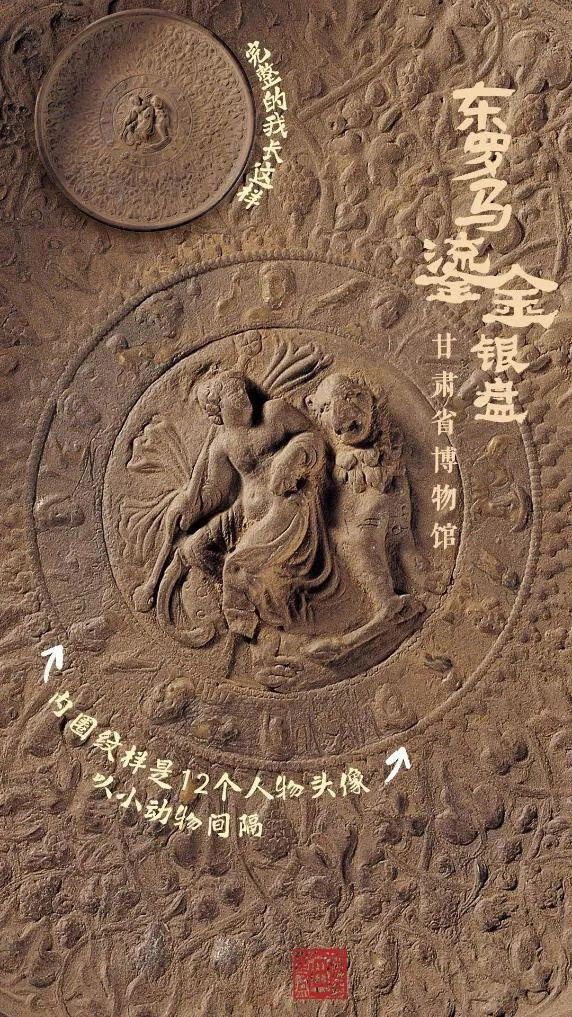
A man holding a staff leaning on a beast, 12 vivid head portraits, and intertwined grape scrolls and grass patterns. This gilded silver plate, unearthed in Jingyuan, Gansu, is a typical Eastern Roman style artifact and is currently housed in the Gansu Provincial Museum. Some scholars believe that the male relief in the center of the silver plate is Dionysus, the god of wine in Greek mythology, and the main pattern on the inner wall of the silver plate is commonly used to represent the grape pattern of the god of wine. Ban Rui, Deputy Director of the Gansu Provincial Museum, introduced that this artifact belongs to the products of the Eastern Roman Empire and was transported to China through the Silk Road, which is an important physical witness to cultural and trade exchanges between China and the West.
The exploration and development of the ancient Silk Road, as well as the integration and collision of Eastern and Western cultures, have left countless splendid historical, cultural and artistic treasures in Gansu. Through these treasures and cultural heritage of the Silk Road, the magnificent scenery of the ancient Silk Road, where envoys meet on the road and business travels endlessly, seems to be right in front of us.Editor/Ma Xue
Comment
 Praise
Praise
 Collect
Collect
 Comment
Comment
 Search
Search


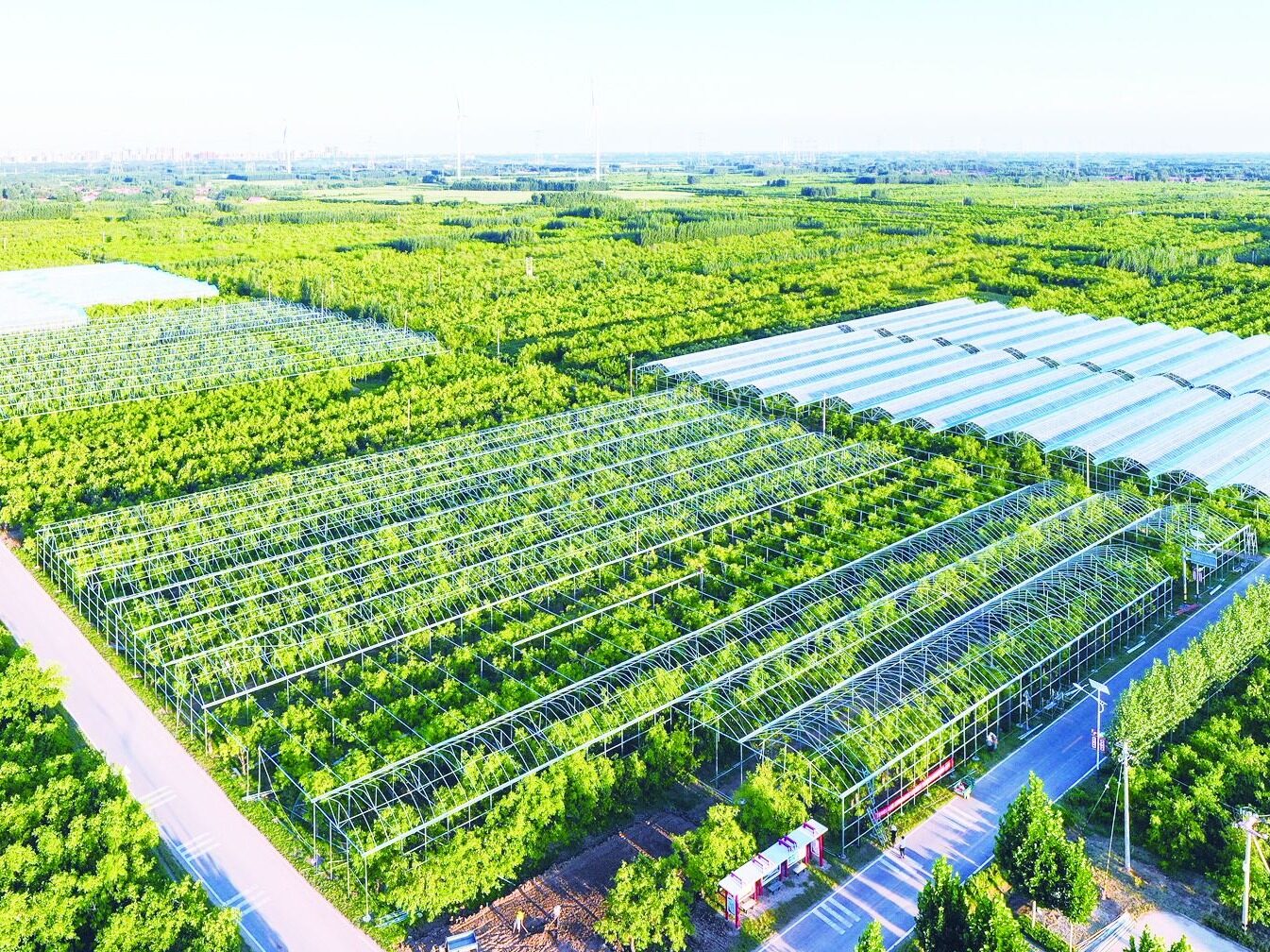
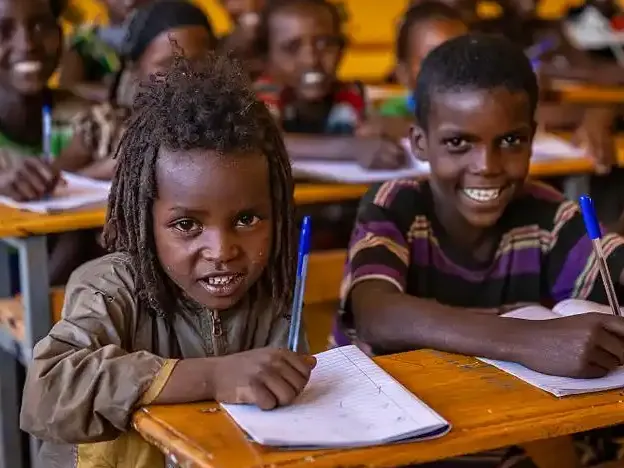
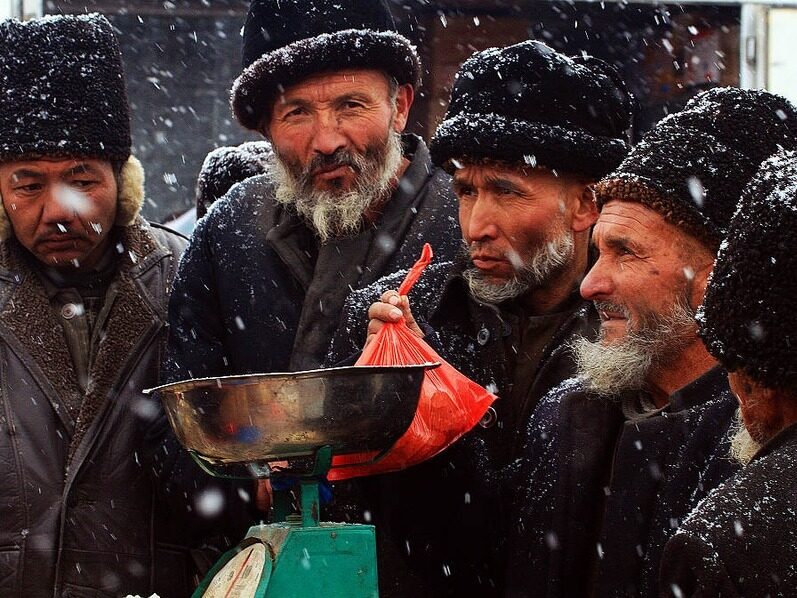









Write something~